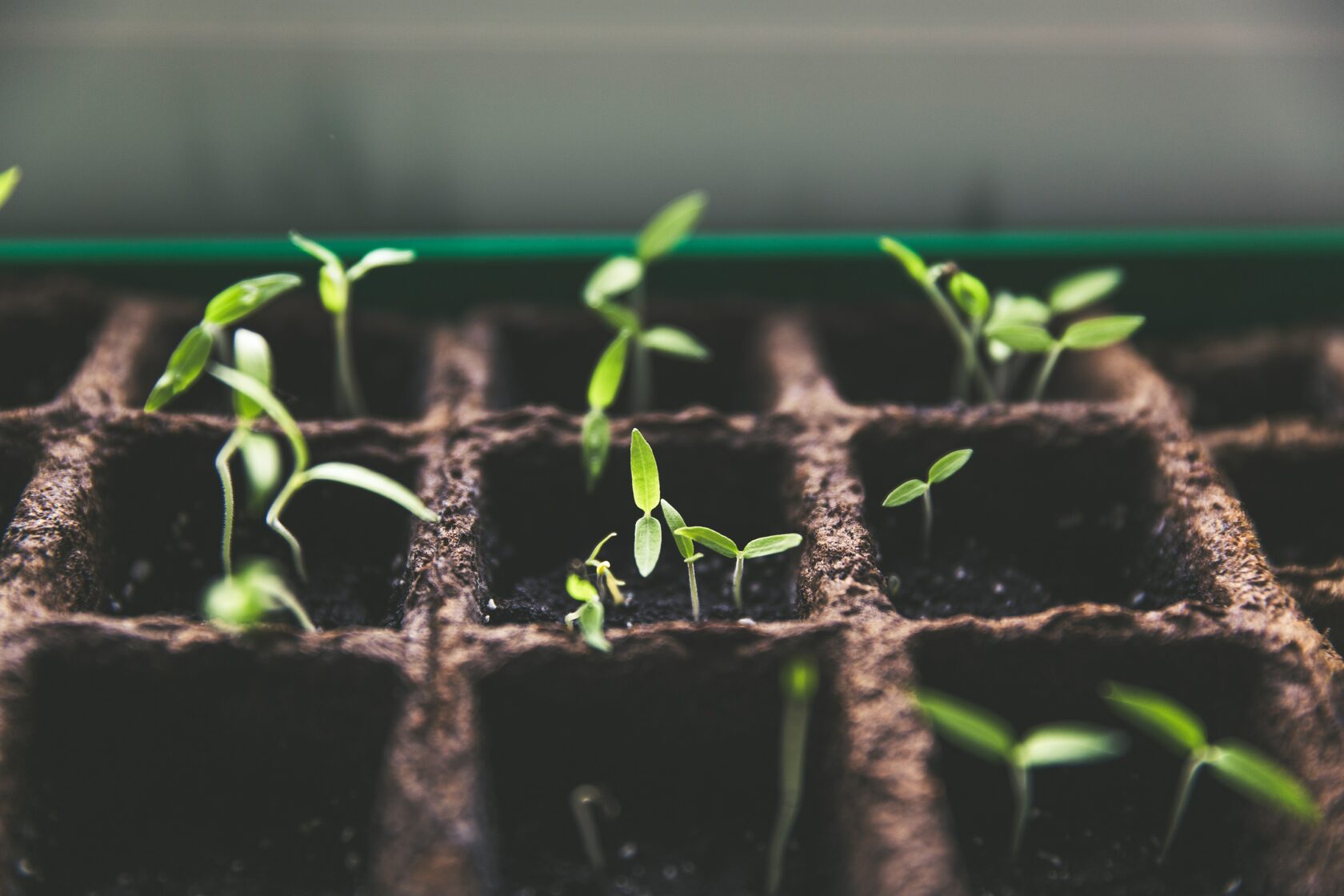Anyone who ever attempts to take the guesswork out of their irrigation system will first have to face that challenge. Resolving the question of which of the two most common measurements within the soil one should perform. Should you measure the matric potential or the volumetric water content of the soil? We've been working with soil moisture for over 3 years now and to us, the answer is quite clear: volumetric water content will provide you with the best information at the most affordable price and will require little to no maintenance. But first things first, let's figure out the basics.
Matric potential and volumetric water content
Matric potential is, in rough terms, the pressure that the plant needs to exert in order to retrieve water from the soil (more precisely: the force with which water is held by soil matrix: the soil particles and pore space), while volumetric water content is the proportion of water stored within the soil. Some claim then that matric potential is more interesting for farming because it has a more direct relationship to the plant's health but it isn't quite that obvious after we look a bit deeper into it.
Problems with matric potential
There are 3 main problems with applying matric potential measurement to improving irrigation: soil-dependence, slow response time, and costs & maintenance.
Soil-dependence
In any precision irrigation data, the most important goal is always achieving soil-independent information so that we can interpret it correctly universally across all environments. Unfortunately given the nature of how the plant extracts water from the soil, we cannot rely only on matric potential to decide what range is healthy for the plant. The more sandy (coarse) the soil, the more the matric potential will hide from us. In extreme situations, the volumetric water content might drop by 50% of some reference value while the matric potential almost doesn't show any difference at all.
It is then art and a complicated science to be able to interpret matric potential charts to decide how we should modify our irrigation schedule to improve our plants well-being. Most farmers using matric potential sensors either end up being overwhelmed with the data themselves and stop using it or have to rely on third-party consultants and data scientists to interpret the data.
Slow response time
Matric potential sensors measure the pressure needed to extract water from the soil by using a material that, in a sense, pretends to be a root of the plant and tries to absorb water from the soil. This process doesn't happen instantaneously. The matric potential value measured by the sensor will lag behind the actual value by hours.
This, in turn, becomes a huge hurdle, if not an unreachable barrier to applying matric potential to some problems in precision irrigation. One being detecting overirrigation. In order to note the "spikes" on your charts when too much water hits the sensors, we need a fine-enough measurement resolution.
Cost & maintenance
The affordable matric potential sensors tend to degrade over time making it difficult to trust the measurements over multiple seasons and it becomes very costly and cumbersome to exchange the sensors frequently.
One could use a tensiometer of course but those usually require performing measurements manually and require active maintenance to provide accurate results.
Unfortunately, the only matric potential sensors that don't degrade quickly and provide scientifically-accurate results are much more expensive than similar quality volumetric water content sensors thus making accurate systems based on matric potential very expensive.
Volumetric Water Content and Plant Available Water
So is the Volumetric Water Content better than matric potential? Before we can answer this question we have to very briefly talk about what Plant Available Water is and how it's used within the SoilSense system.
In contrast to Volumetric Water Content which is the measurement of how much water there is in the soil in proportion to the soil volume, Plant Available Water tells us how much water there is in the soil in proportion to the maximum amount of water the soil can hold and offer the plants. In simple terms, 100% of Plant Available Water means that if we add any more water to the soil, it will just flow through to deeper layers of soil instead of filling the soil and being available to the plants, while 0% means that - even if there's still some moisture in the soil - the plants won't be able to extract it from the soil.
In the SoilSense system, we use local, historical data and soil information to calibrate the sensors and translate the Volumetric Water Content into Plant Available Water for you. Then, based on the recommendations of renowned framing agencies, you can easily adjust your irrigation to keep Plant Available Water within levels most healthy for your plants.
Solving the problems of Matric Potential using Plant Available Water
Not completely, unfortunately. But it is the best thing you can do to get immediate results in saving water and improving plant health at your farm.
Volumetric Water Content sensors require no maintenance and will provide you with accurate results at an affordable price over many many seasons.
They have a quick response time - the measurement is instantaneous. SoilSense system can provide an accurate measurement every few minutes thus being able to easily detect spikes in water content and save you a lot of water.
And finally, the golden grail of interpreting soil moisture data, soil-independent readings. Volumetric Water Content itself won't provide you with soil-independent information but in the SoilSense system, we will translate it into the Plant Available Water based on historical data which will give you a very simple sense of how to adjust your irrigation to improve your yield or save water.
